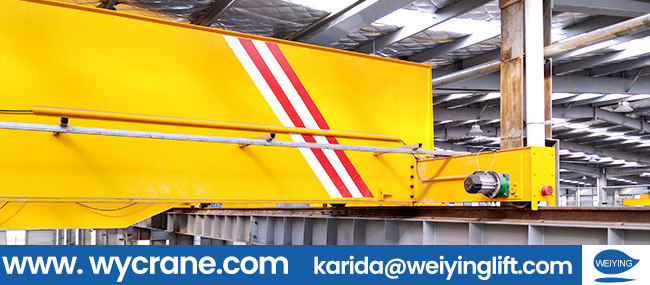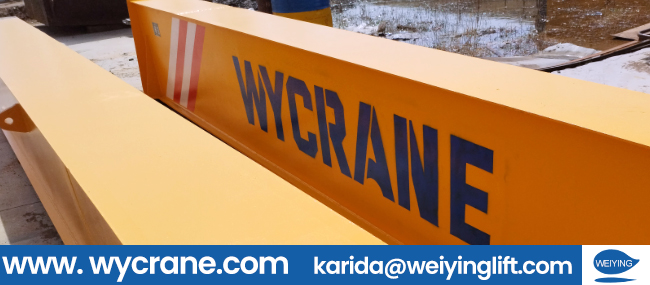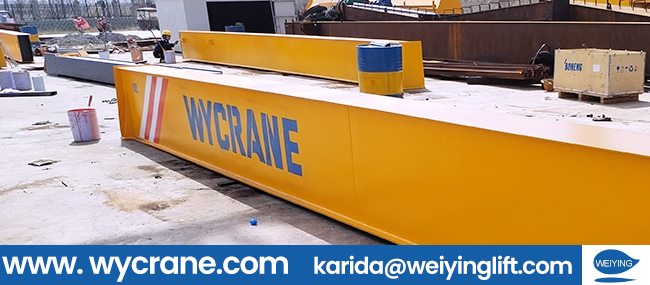In the landscape of industrial machinery, bridge cranes have emerged as indispensable tools, revolutionizing lifting operations across various sectors. This article delves into the evolution of bridge cranes, tracing their origins from ancient civilizations to the modern-day efficiency and versatility they offer.

Origins and Evolution:
From ancient civilizations to the Industrial Revolution, lifting mechanisms have evolved significantly, culminating in the modern bridge crane. The bridge crane’s design, featuring a horizontal beam supported by parallel runways, has undergone continuous refinement. This evolution led to the development of various crane configurations to suit diverse industrial needs, including single-girder and double-girder setups.
Design and Components:
At the heart of a bridge crane lies its horizontal beam, or bridge, equipped with a hoist mechanism for vertical movement. The crane’s motion is facilitated by a trolley that travels horizontally along the bridge, enabling precise load positioning. Bridge cranes come in diverse configurations, each tailored to specific lifting requirements.

Applications and Industries:
The versatility of bridge cranes transcends industries, ranging from manufacturing and construction to warehousing and distribution. These cranes facilitate the movement of raw materials, workpieces, and finished products along assembly lines, streamline inventory management processes, and play a pivotal role in lifting heavy components in construction projects.
Safety and Efficiency:
While enhancing productivity and workflow efficiency, safety remains paramount in bridge crane operation. Rigorous maintenance protocols, operator training, and adherence to safety regulations are imperative to prevent accidents and ensure smooth operations.
Conclusion:
In conclusion, bridge cranes have redefined industrial lifting with their innovative designs and superior performance. Their evolution from ancient lifting mechanisms to modern-day efficiency exemplifies the continual pursuit of excellence in industrial machinery. As industries continue to evolve, bridge cranes will remain indispensable assets, driving productivity, cost savings, and operational efficiency.
